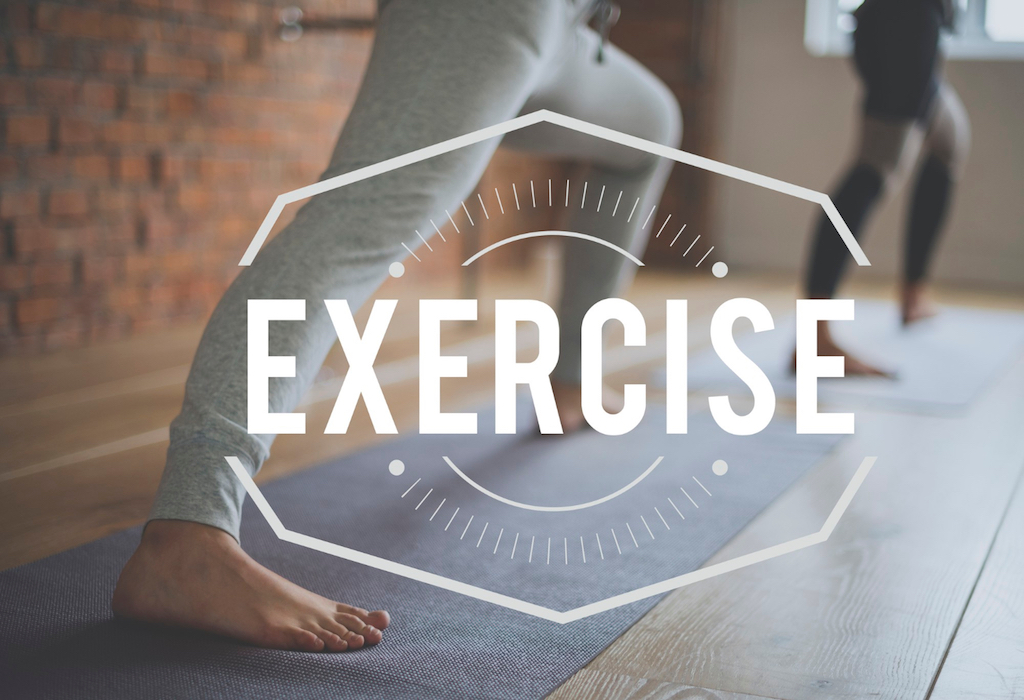THE TOP BENEFITS OF EXERCISE: HOW MUCH PHYSICAL ACTIVITY SHOULD YOU BE DOING? | AFFINITY HEALTH
Affinity Health, a leading provider of high-quality healthcare, discusses some of the top benefits of exercise, how many hours you should dedicate weekly to physical activity, and what common exercises such as strength training, stretching, and high-intensity interval training can do for your health.

Exercise is essential for maintaining a healthy weight and preventing chronic diseases, and it has a wide range of mental and emotional benefits. Regular physical activity can help improve mood, reduce stress, and enhance cognitive function.
Here are Some of the Top Health Benefits of Exercise
It improves Physical Health and Increases Longevity
Studies have shown that regular exercise can help increase lifespan by reducing the risk of premature death from chronic diseases. A meta-analysis of over 661,000 adults found that those who engaged in regular physical activity had a 30% lower risk of sudden death than those who were inactive.
Boosts Mood
Exercise is an effective treatment for depression and anxiety. A review of 39 studies found that exercise is as effective as antidepressants in treating mild to moderate depression.
Enhances Cognitive Function
Regular physical activity has been shown to improve cognitive function, including memory, attention, and executive function. A study of over 1,200 older adults found that those who engaged in regular physical activity had a 30% lower risk of developing cognitive impairment than those who were inactive.
Reduces Stress
Exercise is an effective stress reliever, as it helps to reduce cortisol, a hormone associated with stress.
A study of over 2,000 adults found that those who engaged in regular physical activity had a 14% lower risk of developing stress-related disorders than those who were inactive.
Improves Sleep
Regular exercise has been shown to enhance sleep quality and reduce insomnia. Research by the National Sleep Foundation revealed that adults who engage in regular physical activity had a 30% lower risk of developing insomnia than those who were inactive.
How Much Physical Activity Do Adults Need?
According to the World Health Organization (WHO), adults should aim to do at least 150 minutes of moderate-intensity aerobic activity or 75 minutes of vigorous-intensity aerobic activity per week, as well as muscle-strengthening activities on two or more days per week.
Not All Types of Exercises Are Created Equally
While we know exercise is an essential component of a healthy lifestyle, not all types of exercise are created equal. Different exercises target different areas of the body and offer unique health benefits.
Here are Some of the Most Common Types of Exercises and What They Do for Your Health
Aerobic Exercise
Aerobic exercise, also known as cardio, is any exercise that increases your heart rate and breathing for an extended period. Examples of aerobic exercise include running, cycling, swimming, and dancing.
Aerobic exercise improves cardiovascular health, strengthens the heart and lungs, and burns calories. It can also help lower the risk of chronic diseases such as heart disease and stroke and improve mental health by reducing stress and anxiety.
Strength Training
Strength training, also known as weightlifting or resistance training, involves working against resistance, such as weights, bands, or your own body weight. Strength training includes weightlifting, bodyweight, and resistance band exercises.
Strength training builds muscle mass, increases bone density, and improves overall physical strength. It can also help improve metabolism, reduce the risk of chronic diseases, and improve mental health.
Stretching
Stretching is any type of exercise that involves gently moving a muscle or joint to its full range of motion. Examples of stretching include yoga, Pilates, and traditional stretching exercises.
Stretching increases flexibility and range of motion, reduces muscle soreness and improves posture. It can also help improve balance and coordination, reduce injury risk, and improve mental health.
HIIT (High-Intensity Interval Training)
HIIT is a type of cardio workout that alternates short bursts of high-intensity activity with periods of rest or low-intensity activity. Examples of HIIT include sprinting, jumping jacks, and burpees.
HIIT is great for burning calories and fat, improving cardiovascular health, and increasing endurance. It can also help improve metabolism, boost muscle mass, and is a time-efficient way of working out.
Yoga
Yoga is a form of exercise that combines physical postures, controlled breathing, and meditation. Yoga improves flexibility, balance, and strength, reduces stress, and promotes relaxation.
It can also help improve cardiovascular health, reduce chronic pain, and improve mental health.
Mind-body Exercise
Mind-body exercises, such as tai chi, qigong, and meditation, are practices that focus on the connection between the mind and body.
These exercises improve flexibility, balance, and strength, reduce stress, and promote relaxation. They can also help improve cardiovascular health, reduce chronic pain, and improve mental health.
About Affinity Health
Affinity Health is South Africa’s leading provider of health insurance, offering you a range of options at affordable rates including access to the widest national provider network. We understand the importance of having medical insurance that meets your needs, your budget, and your lifestyle. Our range of healthcare products are designed to protect you and your family when it matters the most. We strive to always give our clients peace of mind and the highest standard of service at all times. For more information, follow us on Facebook, Twitter, and Instagram.